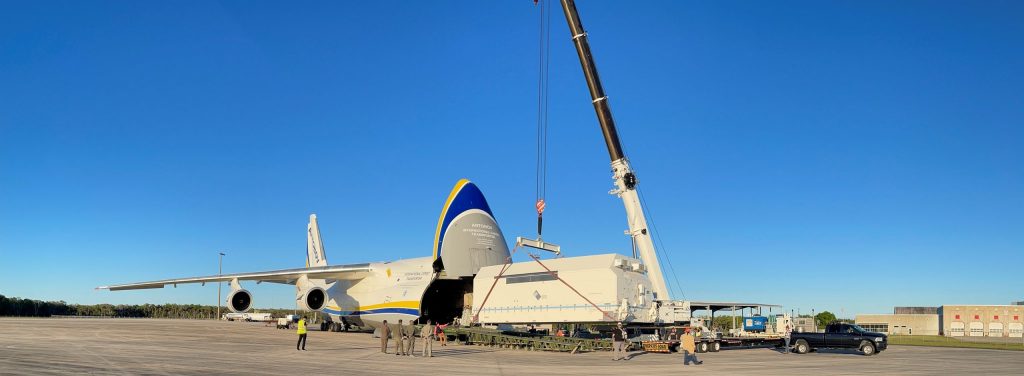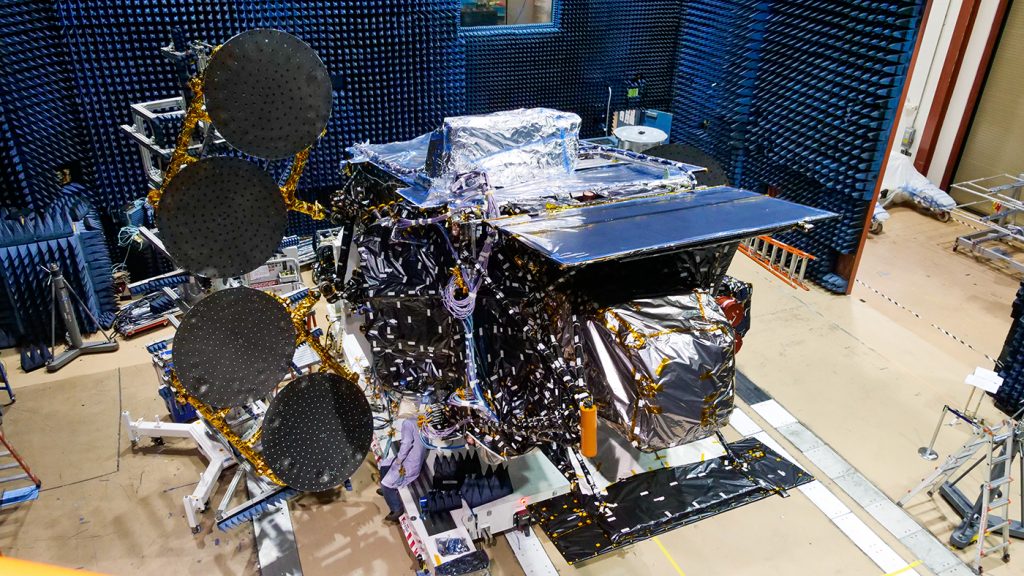We have power!
Two months after launch, following the successful testing of its Maxar built host satellite Intelsat 40e, NASA’s TEMPO (short for Tropospheric Emissions: Monitoring of Pollution) air quality instrument has been turned on for the first time.
A team at the Center for Astrophysics | Harvard & Smithsonian in Cambridge, Massachusetts, will now begin to test the instrument to ensure its systems and components are working properly. TEMPO has to warm up for approximately one month to evaporate any water before cooling down to operational temperatures for additional system testing.
“We’ve been eagerly anticipating this moment,” said Kevin Daugherty, TEMPO project manager at NASA’s Langley Research Center in Hampton, Virginia. “It brings us one step closer to observing North American air pollution like never before.”
From a geostationary, or fixed, orbit TEMPO will be the first satellite instrument to make hourly daytime observations of air quality over North America, including the entire continental United States. These observations will vastly improve the scientific data record on air pollution in North America.
TEMPO’s next major milestone will be in late July. “First light” is when the instrument is opened for the first time to look at the Sun and Earth. The early data instrument scientists collect at this time will allow them to tweak settings to optimize TEMPO’s performance before they commence with routine operations in October.
The TEMPO mission is a collaboration between the Center for Astrophysics | Harvard & Smithsonian (CfA) and NASA. The TEMPO science team is based at the CfA and TEMPO’s project team is based at NASA’s Langley Research Center in Hampton, Virginia.


